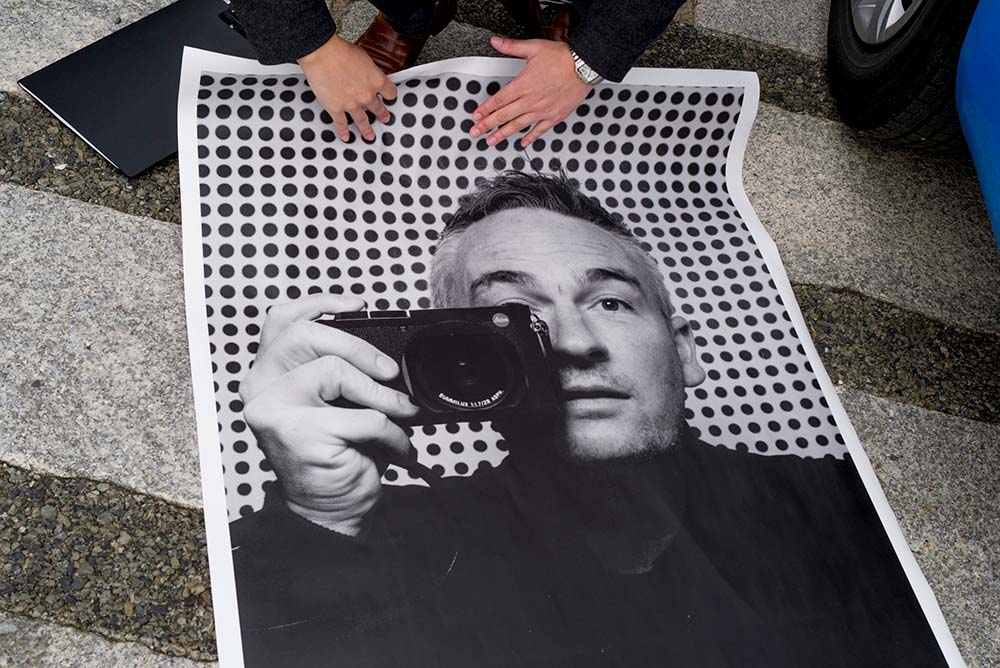Jesse Marlow is a Melbourne based photographer. His works are held in public and private collections across Australia, including the National Gallery of Victoria, Australian Parliament House Canberra, Monash Gallery of Art, City of Melbourne and State Library of Victoria.
In 2003, he published his first book of photographs,
Centre Bounce: Football from Australia's Heart, (Hardie Grant Books). Images from Centre Bounce have been exhibited and published extensively, both in Australia and internationally.
In 2005, he published a book of street photographs,
Wounded, (Sling Shot Press). In 2006, he was selected to participate in the
World Press Photo Joop Swart Masterclass in Amsterdam. While in 2010, Marlow was one of 45 street photographers from around the world profiled in the book,
Street Photography Now (Thames & Hudson). He was awarded the International Street Photographer of the Year Award in 2011, and in 2012 won the Monash Gallery of Art's Bowness Prize.
Marlow released his third monograph,
Don't Just Tell Them, Show Them in 2014. In the same year, he was profiled in the Thames & Hudson book,
The World Atlas of Street Photography.
In 2020, Marlow published his 4th monograph
Second City. Since 2015, Marlow has been a Leica Ambassador.
He is a member of both the international street photographers' collective, UP Photographers and Institute Artists.
